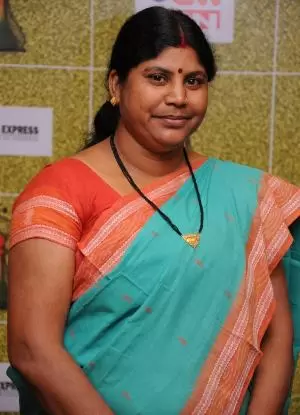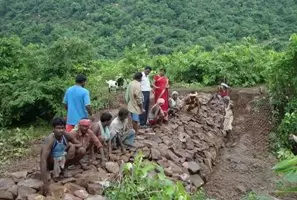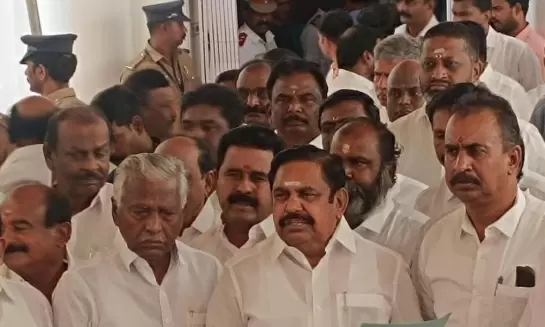Dharhara Kol was transformed as one gusty lady stood up for the people

18-May-2012
Vol 3 | Issue 20
One woman’s decision to stand up and take charge of her life changed the destiny of an entire village. The woman, Jaya Devi (34), had in fact been married off as a child, even before she entered her teenage years, at a tender age of 12.
She belongs to the backward caste of ‘Tanti’ (weavers) and as a child had seen how the upper caste members of her village terrified the women from her community.
 |
|
Jaya fought life’s odds to become a change agent
|
But she let none of these factors stop her from growing up into the gutsy woman that she now is.
Today, Jaya is known to the outside world as the woman who had transformed Dharhara Kol in Bihar’s hinterland from an almost barren land of 5000 hectares to a fertile green belt. This she had achieved with the help of the villagers, whom she mobilized to participate in various community inspired water conservation and tree plantation programmes.
Recounting her early life, which was characterized by poverty, hunger and caste oppression, Jaya says her life took a positive turn after her interaction with the Sisters of Notre Dame Health Centre in Jamalpur, a nearby town. She had gone to the centre for a health check up as a 16-year-old, when her second daughter was barely 7 months old.
The Sisters invited her to attend a 12-day training programme in Hazaribagh on creating self help groups. When she spoke about her desire to attend the programme, nobody encouraged her at home. But she brushed aside the protests in the family and participated in the programme.
That experience changed her life. Back in the village, she started self help groups, which began by encouraging the practice of small savings among women. One thing led to another and soon the women came in contact with Kishore Jaiswal, a social worker from neighboring Kalyanpur.
Kishore introduced them to rainwater conservation methods. The villagers started by building a tank to store the rainwater. “We decided to work ourselves, each farmer’s family would provide ‘shramdaan’ (free labour) for the construction of the tank,” recalls Jaya.
They reaped the fruit of their labour the next season. The farmers were elated when there was bumper harvest of two crops, paddy and wheat, due to irrigation from the harvested water. It was a great motivation for them to work even harder and they made a proposal for more water harvesting schemes and submitted it to NABARD.
“I was chosen as the President of the Village Watershed Committee,” says Jaya. They completed six watershed projects in due course. Each watershed was able to irrigate 85-95 hectares of farm land.
Later, the farmers and NABARD struck a deal to work on other projects, where NABARD would bear 84 percent of the project cost and the farmers bore the rest of the cost by giving their free labour.
This gave the farmers a sense of ownership to the projects. One of the highlights was the Kareli watershed project where the farmers laid a 800-feet pipeline to bring water from the Kareli hills to the ground. That project gave huge impetus to agricultural growth in a low rainfall area.
 |
|
Jaya transformed the barren land into a green patch with the help of the villagers
|
Next came environment conservation, and for this Jaya inspired the villagers to plant wild plants and fruit trees.
With success coming one after another, and their incomes growing, the villagers grew in confidence. They became familiar with village land records and identified encroachments on their lands.
Once when local government officials visited them and distributed food to the villagers in a rude fashion, Jaya told the officials not to treat them like beggars and advised them to instead spend the money on buying solar lamps for the villages.
“There has to be education for further development,” says Jaya. Recipient of National Youth award, she had visited South Korea for training in water conservation techniques and green initiatives. In Korea, she was impressed with the quality of education that was being imparted, where one teacher was assigned to five children.
The villagers have realized the importance of education and are ensuring that their children are educated. Jaya now plans to introduce the villagers to Yoga and Art of Living courses in the near future.
















